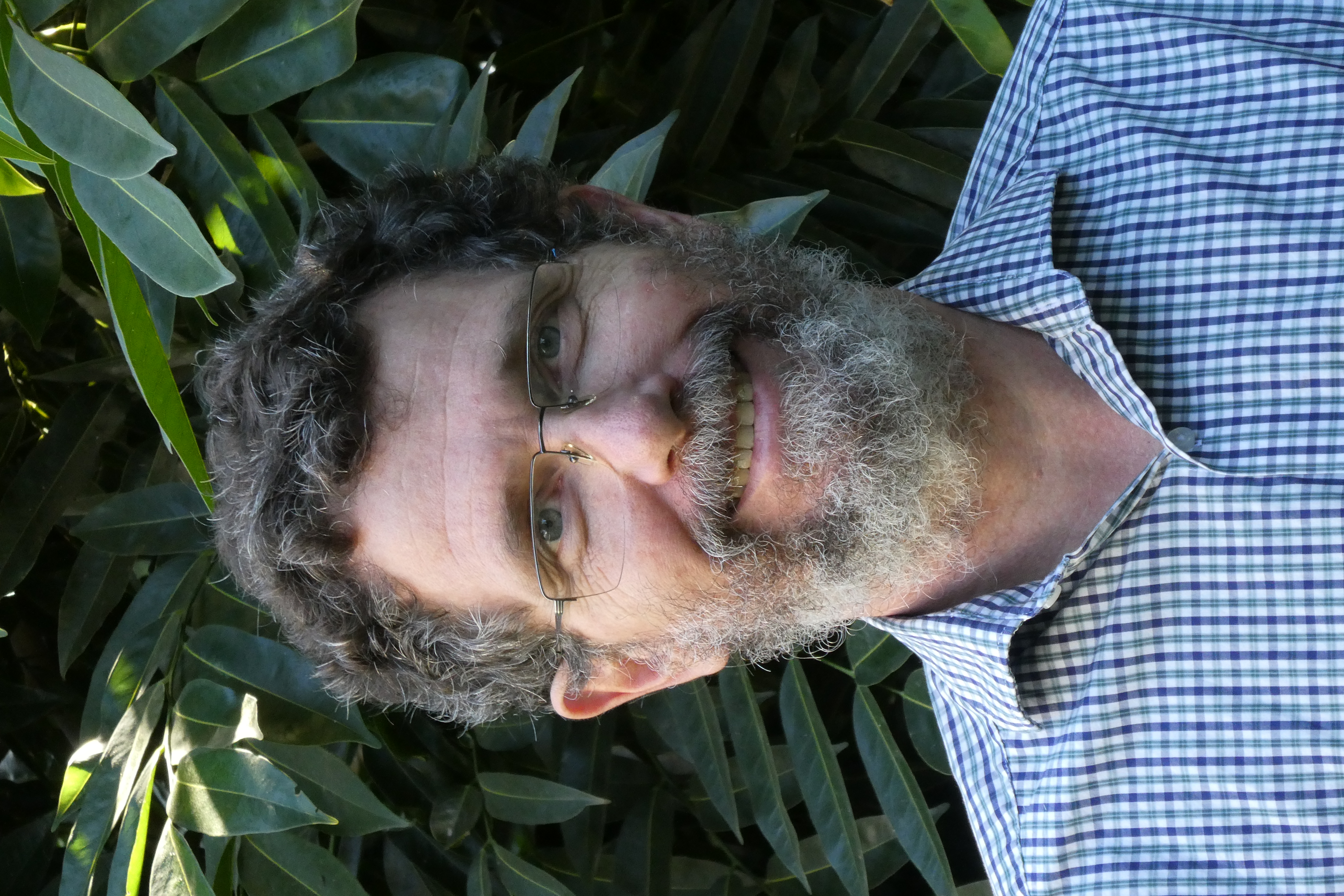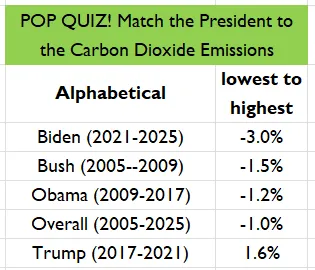https://www.nationalreview.com/news/great-barrier-reef-defies-doomsday-predictions/
The headlines were dire: “Half of the Great Barrier Reef’s corals have been killed by climate change,” CBS News reported in October 2020.
Bleaching of the reef’s corals is “getting more widespread,” the New York Times reported earlier that year. A Vice headline in 2017 promoting David Attenborough’s Blue Planet II documentary said, “the Great Barrier Reef will die this century,” while National Geographic predicted an earlier demise for reefs around the globe: “Coral reefs could be gone in 30 years.”
It became almost common knowledge that the Great Barrier Reef was assuredly doomed, the victim of a warming climate, rising ocean temperatures, and increasingly acidic water.
Then, in early August, the authoritative Australian Institute of Marine Science released a new report on the 1,400-mile natural wonder. Two-thirds of the reef — its northern and central regions — are showing record levels of coral cover. The southern region is also showing high levels of coral cover. The AIMS report was hardly a portrait of a dying ecosystem.
While the news may have been shocking to those who have been relying on the mainstream media for their information, it was no surprise to Peter Ridd, a marine geophysicist in Australia who has been studying the Great Barrier Reef since the mid 1980s. Ridd, 62, has long been a prominent voice dissenting from the chorus of reef doomsayers and what he describes as “the usual scaremongers” predicting the reef’s impending death.
“It’s just been half a century of doom, doom, doom, doom, doom. And now we’ve got records amount of coral,” Ridd told National Review in a telephone interview from Australia.
Now an adjunct fellow with Australia’s free-market Institute of Public Affairs think tank, Ridd was fired from James Cook University in Queensland in 2018, allegedly for publishing disparaging comments about some other scientists’ research on corals. He believes his heterodox views on the reef and the impact of climate change were also to blame.
“I was fired because I said there was a quality-assurance problem at some reef institutions,” said Ridd, who unsuccessfully fought his dismissal in court. “They’ll say, oh, I didn’t say it in a nice way. You explain to me how you say to another group of scientists your quality assurance is grossly deficient, which means your work is untrustworthy.”

Despite the professional setback, Ridd has continued to insist that the Great Barrier Reef is not doomed, and that prominent reef-science institutions have been misleading the world.
The Great Barrier Reef is “one of the most fluctuating ecosystems on earth,” marked by boom and bust cycles that can sometimes last a decade or more, Ridd said. Hurricanes — or tropical cyclones in Australia — can wipe out large swaths of coral in a matter of hours or days. And a prolonged El Niño climate pattern, like the one that occurred in 2016–17, can bathe coral in bathtub-warm water, leading to mass bleaching events. But over the course of a decade or so, the coral grows back.
The AIMS report noted the resiliency of the Great Barrier Reef and explained that over the last year it has experienced low levels of acute stress, with no severe cyclones and a decreased number of outbreaks of crown-of-thorns starfish, which feed on coral.
“You could tell that this year was going to be a really good year. Last year was a really good year. This year is just a bumper year for coral,” Ridd said, adding that the boom time won’t last forever. “You don’t get records every year.”
The regular bust cycles the Great Barrier Reef goes through make it an easy poster child for whatever alleged environmental catastrophe activists are fighting at the moment: a plague of crown-of-thorns starfish, overfishing, climate change. When Ridd started studying the reef in the mid ’80s, the big concern was about mud from dredging projects and farming, he said.
“There’s always some part of the reef somewhere going through a bust. Almost always,” Ridd said. But then the coral grows back. “That’s always what happens.”
While the AIMS report documented record levels of coral on the reef, it also noted that much of it was due to fast-growing Acropora coral that is more susceptible to wave damage, bleaching, and tropical cyclones. Ridd noted that while the loss of these corals in recent years was a labeled a “disaster,” their rapid recovery is now somehow a cause for concern.
“This is just a pathetic excuse to try to make a brilliant good-news story into a bad-news story, so that we can keep scaring the children that the reef is doomed,” he said.
Ridd has said that many scientists exploring the reef have become “emotionally attached” to it, abandoning their objectivity and biasing their studies to arrive at desired conclusions. He said one problem with much of the science around the reef is that it often looks at data — and periods of time — selectively.
“If you say, ‘Did we lose half the coral between 1985 and 2011?’ The answer is, yes, we did,” Ridd said. “But then it all grew back again. So, you can pick out a time slot that you like, and you can make a doom story about that. And then you forget about the periods when it recovers.”
He also believes scientists at many top institutions suffer from “a significant degree of groupthink,” and the peer-review process hampers scientists who don’t fall in line.
“All of these things together mean that a lot of environmental-science institutions are now effectively untrustworthy,” Ridd said.
It’s critiques like that that have made Ridd persona non grata at prominent reef-research institutions. He’s at the end of his career, he said, and was able to take the risks. And he insists he’s not alone. “There’s almost nobody with the scientific establishment which will publicly say the sorts of things that I’m saying. But they’re in there,” he said.
There are also some retired and independent scientists who don’t toe the doomsday line.
“When you have people whose entire experience of a reef has been in the context of studying and promoting these various environmental threats, they tend to see every fluctuation of nature as some kind of a potential threat,” said Walter Starck, a longtime independent reef researcher who was a pioneer in developing underwater photography and exploration gear.
“It’s very healthy,” Starck said of the Great Barrier Reef. “It’s actually one of the more pristine marine environments on the planet.”
Starck, a policy expert with the Heartland Institute, started his career in Florida, before moving to Australia decades ago to study the Great Barrier Reef. He said early research was focused on learning more about the reef generally, but the focus of the research shifted over the years to identifying environmental threats.
“Researchers found that if you could find a possible environmental threat, your chance of getting funding to investigate it was a lot better,” Starck said.
Over the last few decades, the mother of all environmental threats has been the threat of climate change, and warming and more acidic ocean water caused by burning fossil fuels.
A significant increase of carbon dioxide in the atmosphere has warmed the planet, but Ridd said a degree or two increase in temperature “is not a catastrophe” for reefs. “Basically, the warmer it gets the faster they grow,” Ridd said. “Now, obviously there is a limit. But one or two degrees is not the limit.”
Ridd said he does have some concerns about rising ocean pH levels caused by climate change. “The trouble is, I’ve sort of lost confidence in so much that comes out of the scientific institutions that it’s difficult to know what’s real and what isn’t,” Ridd said.
Ridd and Starck said that while they have concerns about much of the media reporting on the reef — Starck said a lot of reporting is regurgitated press releases — their bigger concern is with the state of the science around the reef.
“The media are reporting what the scientific institutions are saying, and we’re supposed to trust the scientists,” Ridd said. “Now, sure, the media should be a little bit more critical. They should ask some harder questions. They should talk to the dissenters. They shouldn’t blow things up as much. But heck, that’s what media does.”
“No, the problem is with the institutions, the science institutions. That’s where it’s all come from,” Ridd added. “Don’t blame the media, not too much.”
While Ridd and Starck are confident the Great Barrier Reef remains healthy and dynamic, the same cannot be said for all of the world’s reefs. The reefs in Florida and the Caribbean, for example, are closer to shore, and face more pressure from fishing and pollution.
“They’re much more heavily exploited,” Starck said. “It’s a totally different situation.”
Eugene Shinn, a longtime Florida-based marine geologist and pioneer reef researcher, said the reefs in Florida have been shrinking and degrading for decades. “They’re still going downhill as we speak,” he said. “A warming climate may have something to do with it. But I don’t think that’s everything.”
Shinn has looked into everything from the waste from septic tanks and wells to the possibility that pollutants are being carried over in Saharan dust storms from Africa to explain the decades-long die-off of staghorn and elkhorn coral. A 2019 paper out of Florida Atlantic University found that nitrogen from poorly treated sewage and fertilizer is throwing off the nutrient balance in the water, leading to algae blooms and killing coral.
Back in Australia, Starck said news reporters should take a closer look at the reef-based tourism industry that supports tens of thousands of jobs. “At the same time they’re all saying the reef is dying and how terrible it is, you’ve got a tourist industry with millions of people visiting the reef every year and coming back enthralled with what they’ve seen,” he said.
Ridd questioned why the Australian government continues to fund doomsday science about the reef. “Why would you do that? Why would the Americans say, ‘The Grand Canyon is just a disaster area. It’s not even worthwhile going to see.’ That’s what we do in Australia.”


